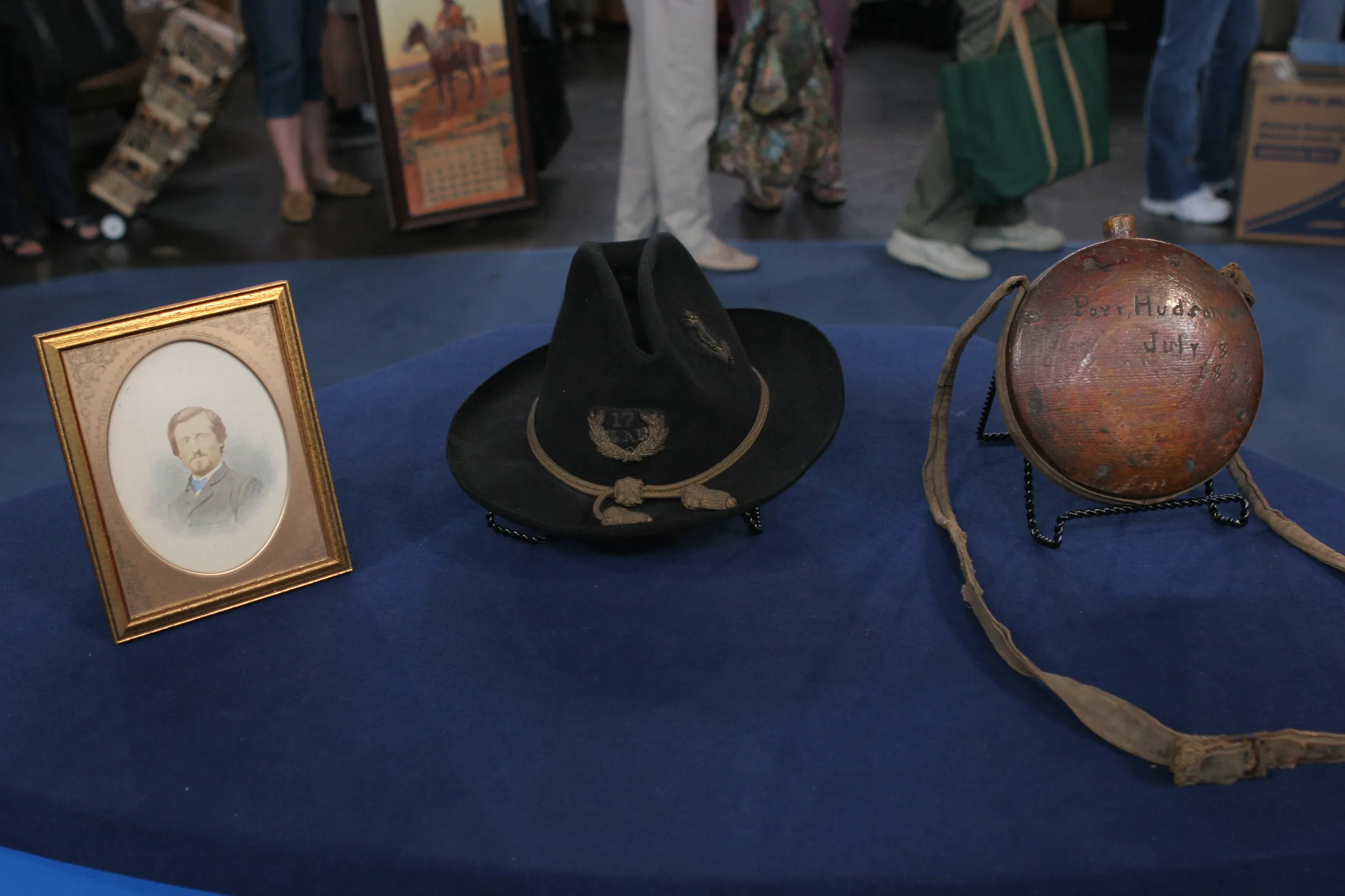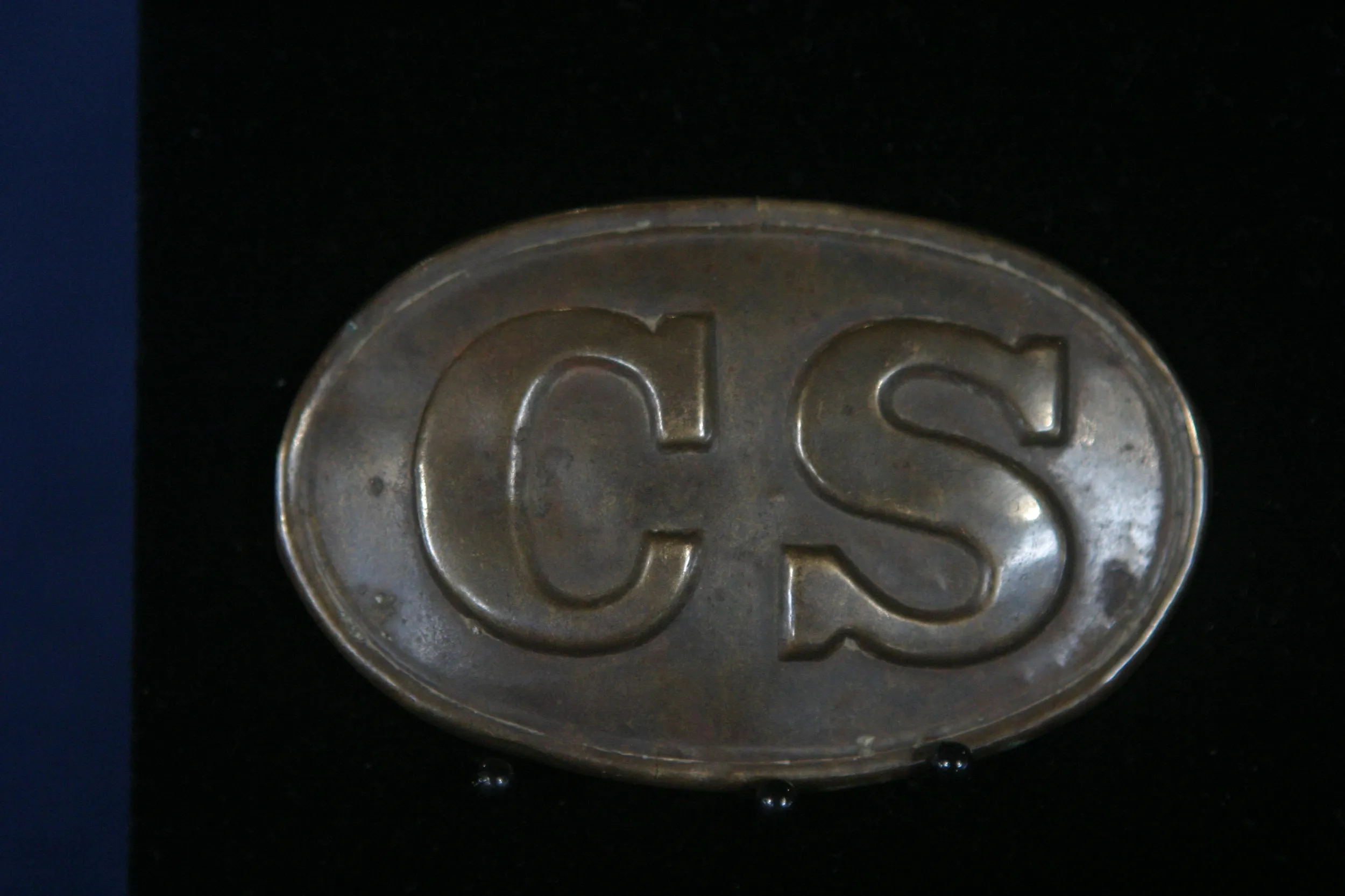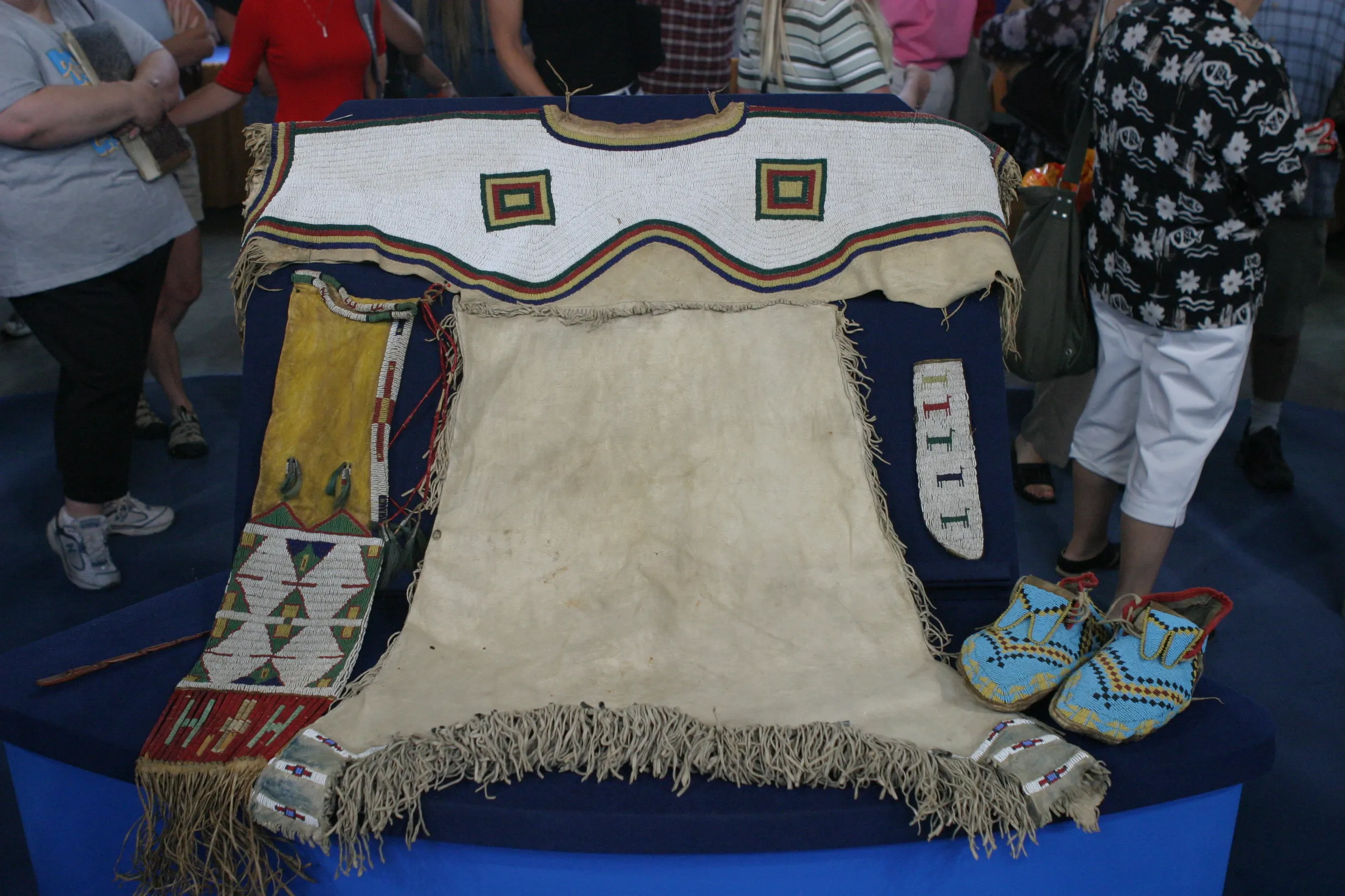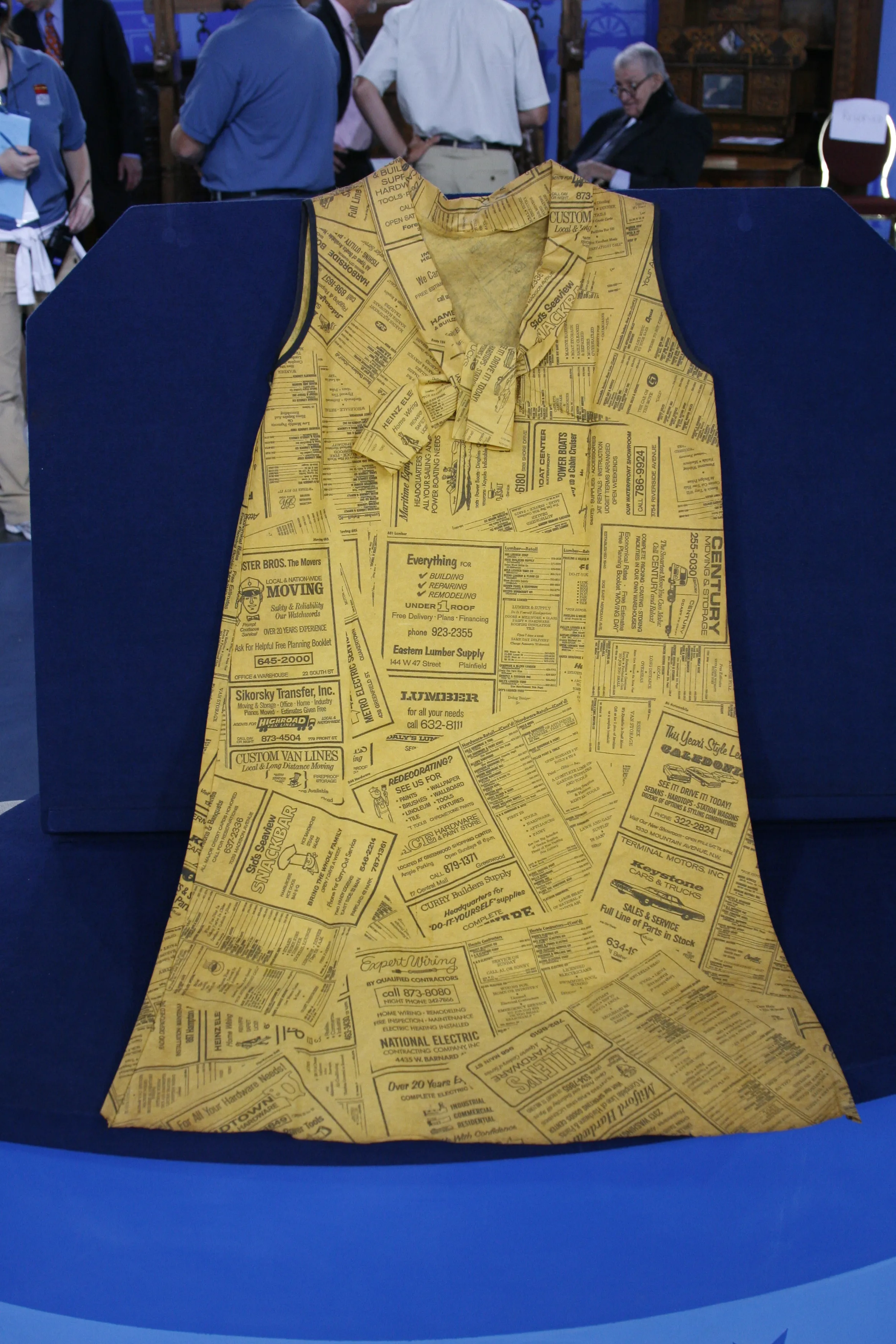GUEST: Two of my friends said they had seen a robe that they thought would be really pretty in my home. They had seen it in Albuquerque, and I said, "Oh, if you go back down to Albuquerque, pick it up. How much was it?" And they told me, and I said, "I can afford that." That was the end of our conversation. A day later, they had driven to Albuquerque, purchased the robe, and they brought it back to me, and we hung it on my wall, and it's been there for 23 years.
APPRAISER: That's great. Now, what did you pay for it when you bought it?
GUEST: Between $100 and $200. It's been 23 years, I don't – I don’t really remember.
APPRAISER: Okay, we occasionally do get robes on the Roadshow, and sometimes we get something that's really a little bit more unusual than others, and this – that’s what this is. One of the first things that strikes one about this robe is the color. Very, very dark blue, an indigo kind of blue. The Chinese from a very early period of time developed a system of rank. So you had different levels of status that were demarcated by color, design, symbols, various other aspects, so people were very clear about where you ranked. So the robe that we have here was for an imperial court attendant, female attendant or concubine… from the 19th century. This was made for them to wear over their regular clothing, so it's called a surcoat, an outer coat. It's an outer garment. Condition, as you know from watching the Roadshow—
GUEST: Yes.
APPRAISER: …Plays a big part in value, and one of the first things that one notices is that we're missing a collar. And you also notice the beautiful kind of rainbow pattern here. There was the same sort of pattern at the fringe down here at the bottom.
GUEST: Mm-hmm.
APPRAISER: And then that was cut away. That was likely because it was damaged…
GUEST: Oh, okay.
APPRAISER: …At some point.
GUEST: Okay.
APPRAISER: And this represents this separation from here-- what you see here and below-- represents the division between our earthly sphere and the heavenly sphere. Now, the other thing that's interesting to focus on is the type of workmanship. This is called kesi. And we spell that K-E-S-I. And it's a type of tapestry.
GUEST: Okay.
APPRAISER: So if you look here closely, you'll see that right around the edges, there's stitching that holds this little panel of clouds in place.
GUEST: Okay.
APPRAISER: And the clouds themselves, all these designs are separately woven, as you would in a tapestry. And it’s literally – it gives that flat appearance. It's an extremely complicated area, understanding the various types of ranks and positions and so on within the Qing dynasty, which is when this was made, and even the earlier periods. I would say at auction today, the value's likely to be somewhere in the range of $2,000 to $4,000 at auction.
GUEST: Thank you, thank you very much. I am surprised.











